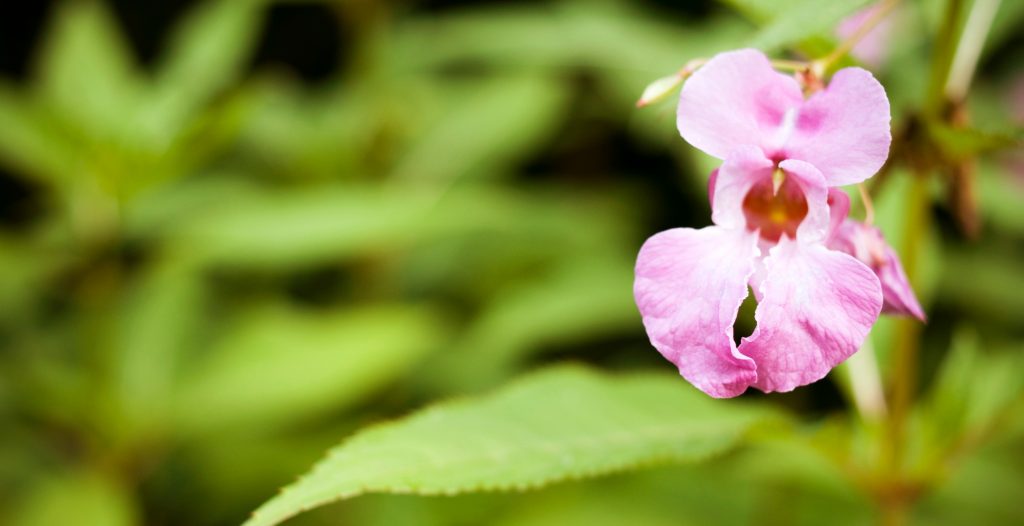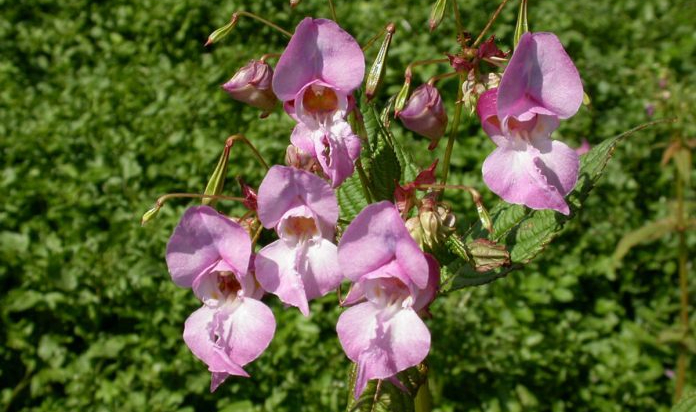Scientists debate how best to tackle invasive plants across Europe
Some of the world’s leading scientists in the field of alien invasive plants are to debate how best to tackle the scourge of a range of alien invasive plants – some of whose pollen can cause severe irritation in humans and threaten native ecosystems.
Himalayan Balsam: Cause or Associate of Soil Erosion?
Himalayan balsam (Impatiens glandulifera) is a non-native annual plant that was introduced into parts of Europe during the mid-nineteenth century as an ornamental plant for parks and gardens. This plant species was first recognised as an invasive species and a threat to ecological stability in the 1930’s. However, since then the problem has escalated and…
The threat of invasive species to biodiversity: Biological control of Himalayan balsam
By Alan Gange. Reblogged from Open Access Government. Alan Gange, Amanda Currie & Nadia Ab Razak (Royal Holloway, University of London), Carol Ellison, Norbert Maczey & Suzy Wood (CABI ) and Robert Jackson & Mojgan Rabiey (University of Reading) discuss the threat of invasive species to biodiversity, including the biological control of Himalayan balsam Invasive species…
Enlisting microbes to enhance Himalayan balsam biocontrol
Building on CABI research into the biological control of Himalayan balsam (Impatiens glandulifera) using a rust fungus (Puccinia komarovii var. glanduliferae), a Natural Environment Research Council (NERC) funded collaboration between Royal Holloway, CABI and the University of Reading is investigating the role of the microbial community associated with the plant and how these microbes may…
Himalayan Balsam and its impact on UK invertebrates
Himalayan balsam is one of the UK’s most widespread invasive weed species, colonising river banks, wasteland, damp woodlands, roadways and railways. Research by CABI scientists has shown local invertebrate biodiversity is negatively affected by the presence of Himalayan balsam. This leads to fragmented, destabilised ecosystems, which has serious consequences on processes and functioning, and complicates…
- « Previous
- 1
- 2




